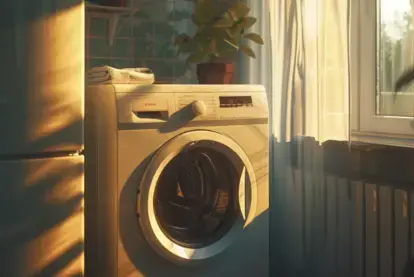Rental Agreement Clauses
Rental agreements in SoCal typically include detailed clauses that explain the use of pet deposits. They clearly outline the extent of damage covered and the conditions under which the deposit can be withheld.
For example, a clause might state that the pet deposit will cover damages explicitly resulting from pet activities, such as carpet stains from accidents, but not for general wear and tear like minor carpet matting.
Familiarizing yourself with these clauses can prevent disputes over carpet damages and the return of your deposit when you move out.
Landlord Rights and Tenant Responsibilities
Landlords have the right to use the pet deposit to make necessary repairs, including fixing carpet damage.
Tenants, on the other hand, must take responsibility for their pets' actions. This means either rectifying the damage themselves or leaving enough of the pet deposit to cover professional repairs.
Tips for Protecting Carpets from Pets
There are several steps you can take as a tenant to protect your carpets and secure the return of your pet deposit.
Frequent vacuuming, cleaning up spills and accidents immediately, and regular professional carpet cleaning can all help minimize damage.
Additionally, investing in a good quality pet stain remover and training your pets can also go a long way in keeping carpets in good condition.
Professional Carpet Cleaning and Its Advantages
Professional carpet cleaning is not just for when you move out. Regularly scheduled cleanings can extend the life of the carpet and ensure that any potential pet-related damage is quickly taken care of.
Professionals can also apply protectants to the carpet to repel dirt and stains between cleanings.






